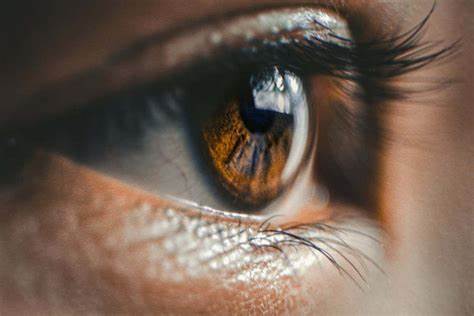Deep Therapy
Deep Therapy is a method which compresses the effects of several months of therapy into just a few days, by allowing the therapist and the client, who is familiar and already has some experience in conventional therapy, to spend two or three days with the therapist in a peaceful setting, where a ‘conference-type’ therapy is conducted, with morning, afternoon and evening sessions.
Each session lasts 2 hours and is preceded by preparation of at least 15 minutes, so that time is used maximally efficiently. With selected clients, a ‘midnight awl session’ in included late at night, where some of the issues especially well suited for that time of the day are discussed, such as the methods of ‘Tasks for Dreaming’, meditation and the analysis of dreams, which require the client to be alert and to try to focus on remembering some of the dreams, especially those immediately before waking up.
Deep Therapy allows the therapist and the client to include walking sessions, if time allows, and to experiment with various environments, all of which influence our ‘brain chemistry’ and may facilitate the development of new perspectives. It also allows intensive therapy to the point of exhaustion, a cutting edge method designed to work with the unconscious on a par with dream analysis.
All of the methods of philotherapy and critical discussion can be adapted to the format of Deep Therapy, however the method includes its own risks. First, it is extremely taxing on the therapist, who must spend three whole days with the client, observe the client and take care that the client uses the time the most effectively. In addition. the prolonged time together in a single stretch place additional burdens on the therapist because of the phenomena of transfer and counter-transfer, and this requires the therapist to exert special efforts to handle the client’s transfer and to control their own counter-transfer. This is why only the most experienced therapists should conduct Deep Therapy, as it requires stamina in conversations, prolonged focus and the ability to experiment with various formats depending on their influence on the client.
On the other hand, Deep Therapy is only suited for clients who already know their therapist, have an idea of what direction their therapy should ideally go in, and believe that the intensive format would actually shorten some of the time required to reach their therapeutic goals.
Deep Therapy allows the therapist and the client to experience some of the most intimate therapeutic and human contacts: they prepare food together, do the house keeping, review their notes together, plan the sessions together, and, as a whole, reach very close to the philosophical ideal of therapy as a quest that is not ‘face-to*face’, but rather ‘hip-to/hip’, whereby the therapist and the client jointly search for solutions, as collaborators, without the imposition of what Lacan called ‘master discourse’, namely the presupposition that the therapist is the ‘expert’ and the client is ‘the patient’, who needs to be helped. Lacan believed that the very presence of master discourse necessitates failure of the therapy, and that this is the reason so much of psychotherapy is unsuccessful in the long term. Deep Therapy is the philosophical response to Lacan’s pronouncements, in that it allows the almost complete elimination of the master discourse and a searching process which entirely relies on the therapeutic relationship between the two persons and the skills not only of the therapist, but also of the client, to articulate solutions and new life strategies through a process of joint discovery.

